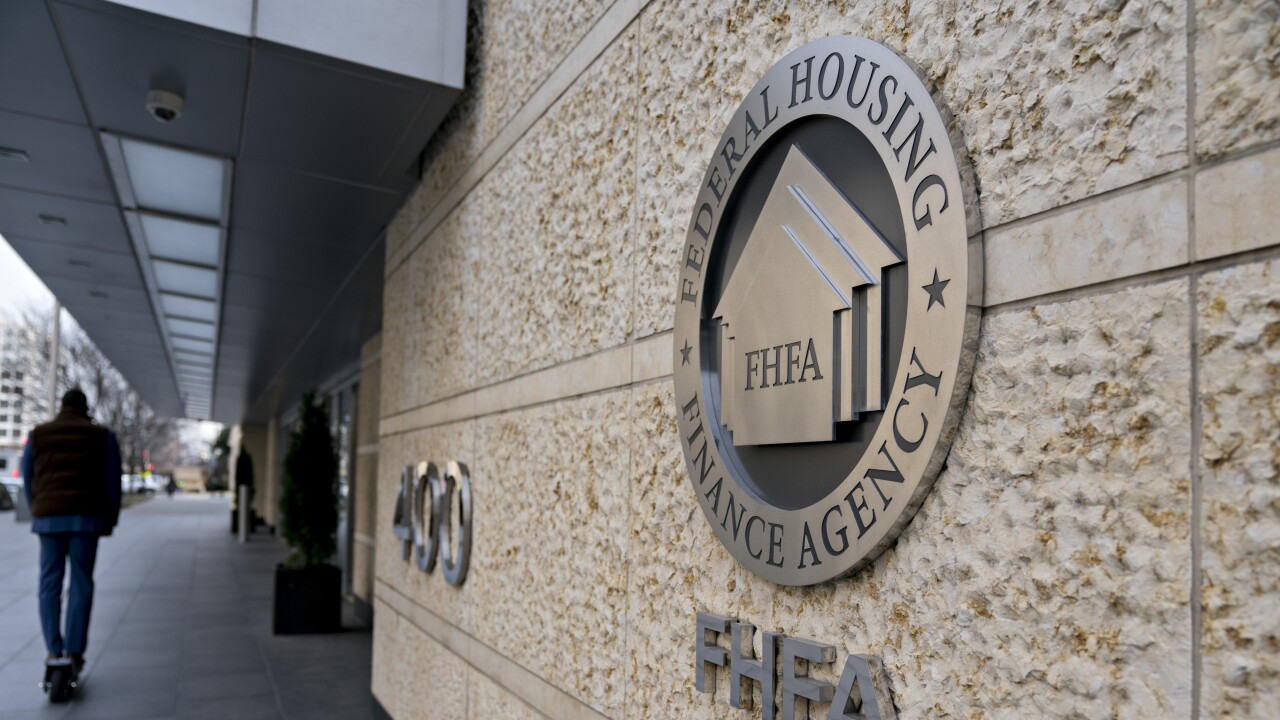Servicers have submitted thousands of loans to the Veterans Affairs Servicing Purchase program launched in May ahead of their October deadline but there's still work to be done.
Around 2,500 of the more than 40,000 eligible veterans for the program have VASP submissions pending, John Bell III, executive director of the Department of Veterans Affairs' loan guaranty service, told attendees at the Mortgage Bankers Association's annual conference.
The department wants to ensure the program, which it introduced in May to fill a gap created by the end of a temporary pandemic relief for distressed borrowers, has been working closely with servicers on the new last-resort assistance. So it's been patient with implementation.
However, he said communication with servicers about the pace of the program is important when it comes to managing the funds allocated for it.
"Right now, here's what I'm most interested in from a budgetary standpoint, what the projection is on how many VASP loans you are going to send," Bell said.
A subservicing executive speaking with Bell at the conference said processes related to VASP have taken several months to establish in collaboration with the department.
Setting up the program, establishing quality assurance, figuring out messaging to veterans and legal reviews took around four or five months, said Michael Blair, executive vice president and chief operating officer at LoanCare, which rolled the program out in September.
"It's a complicated program, but it's going to do a lot of good," he said.
Bell is anticipating that
"I think that's when you'll really start seeing volume tick up, minus any policy changes that might or might not occur," Bell said.
The department originally had planned to end
VASP is likely to continue to evolve over time, according to Bell.
"Will it look and feel the same way it does a year from now or two years from now? No, it never was created for that. It was created for this certain amount of borrowers that we needed to help," he said. "As we go along, we can understand what our portfolio mix is like, and then make adjustments to the program as we go forward."
When pressed for details on what might change in a later question-and-answer session, he added only, "You have not seen everything on VASP, and I cannot talk about it."
While the pandemic that led to VASP's existence is over, the department is still contending with borrower distress caused by a more recent concern.
"The thing that keeps me up at night, and I'm surprised and ashamed sometimes we don't talk about it more, is
T&I has risen as more as 35% to 45% in some areas, outpacing the regular monthly payment of principal and interest on some veterans' loans, according to Bell.





